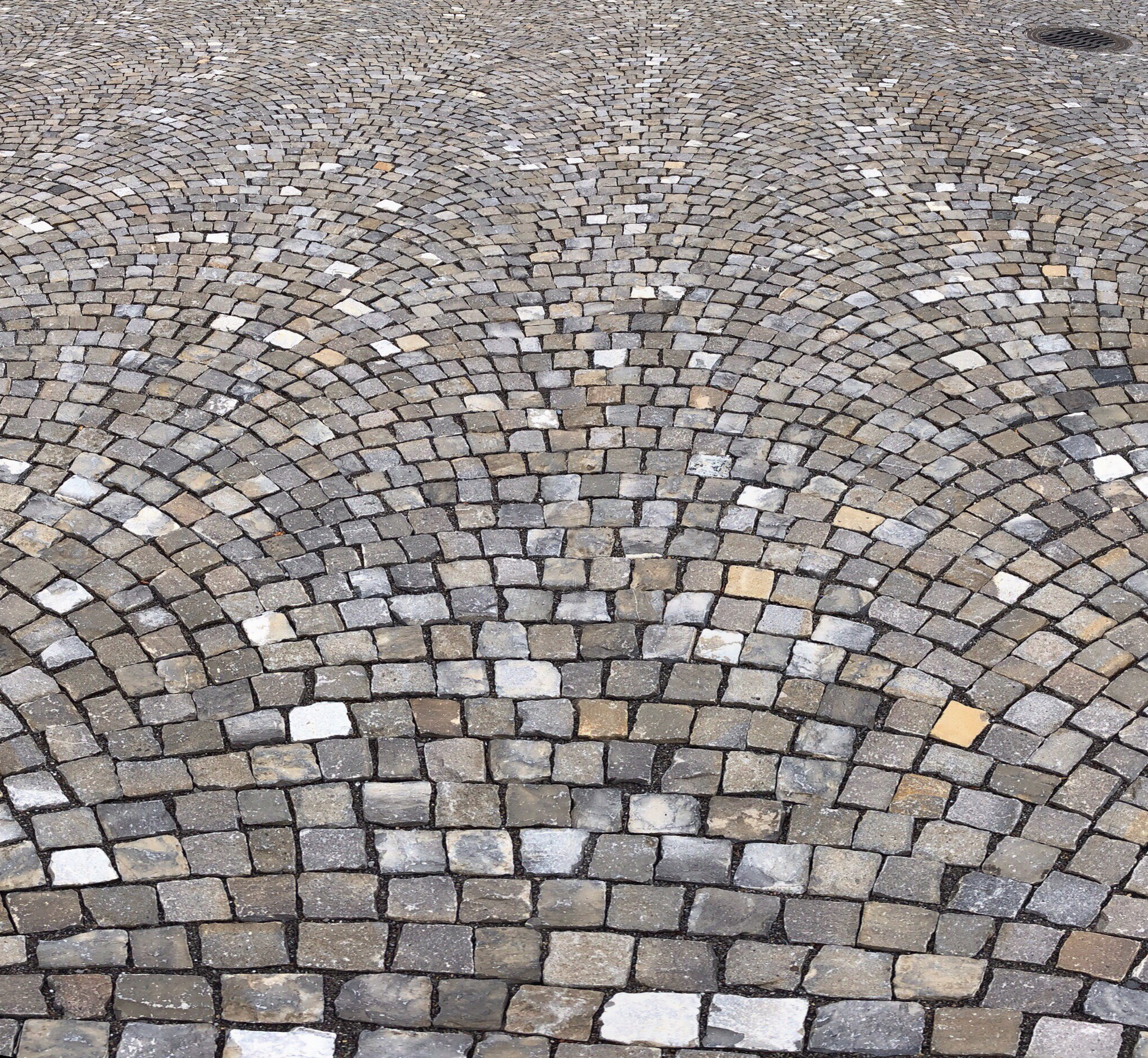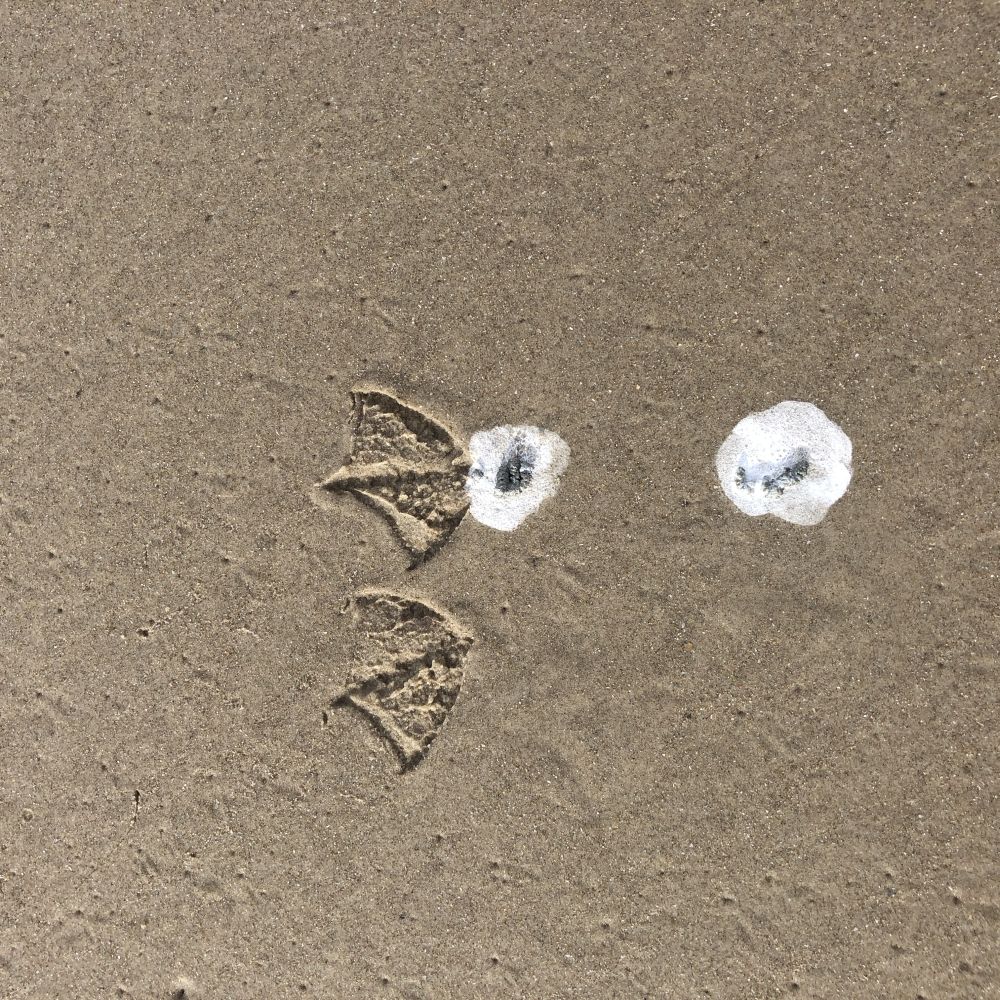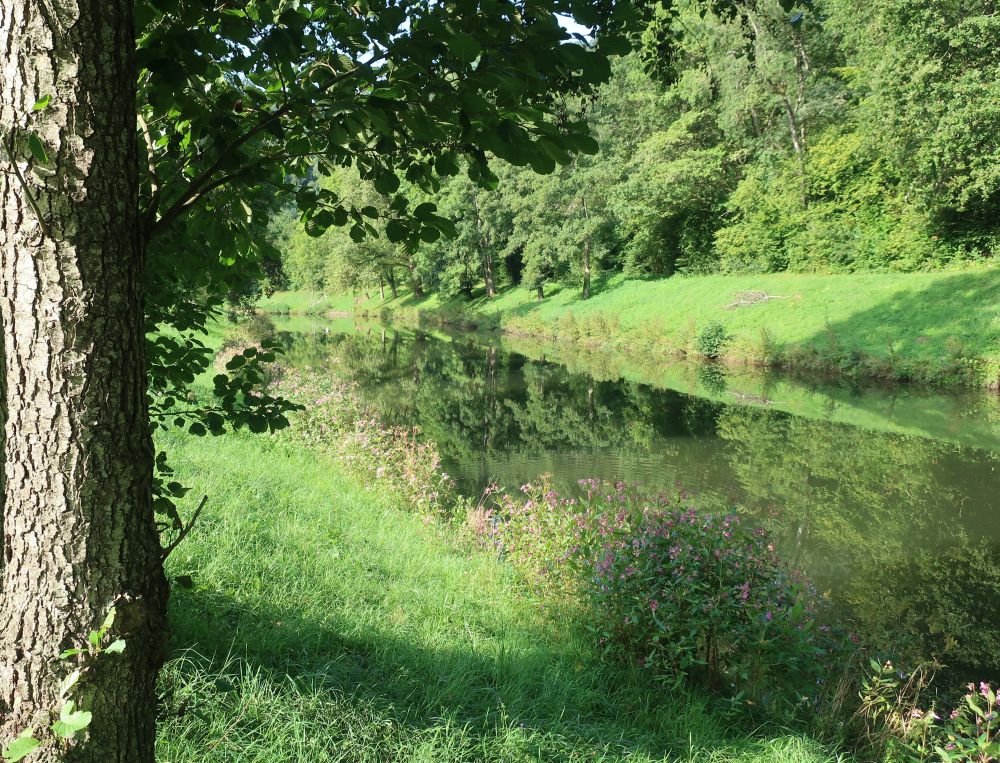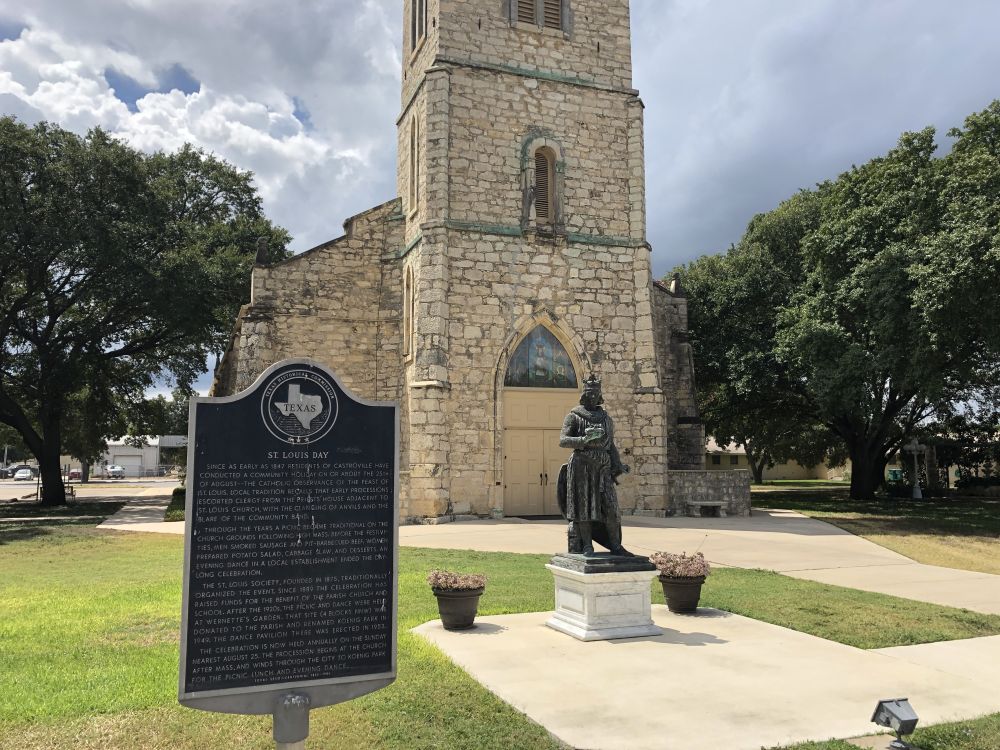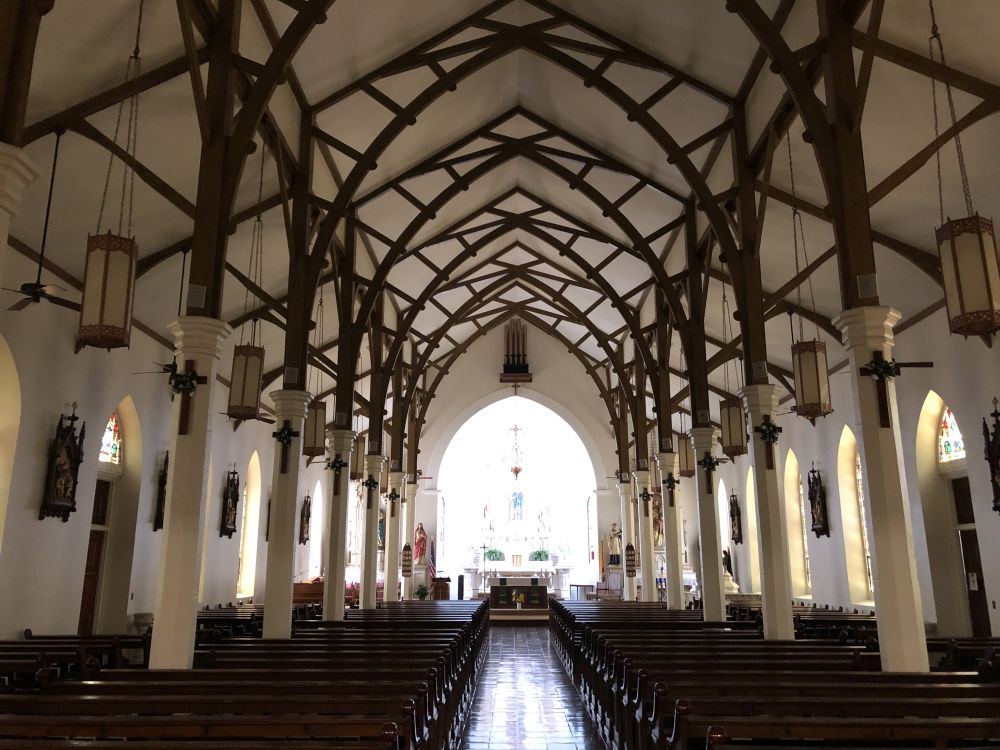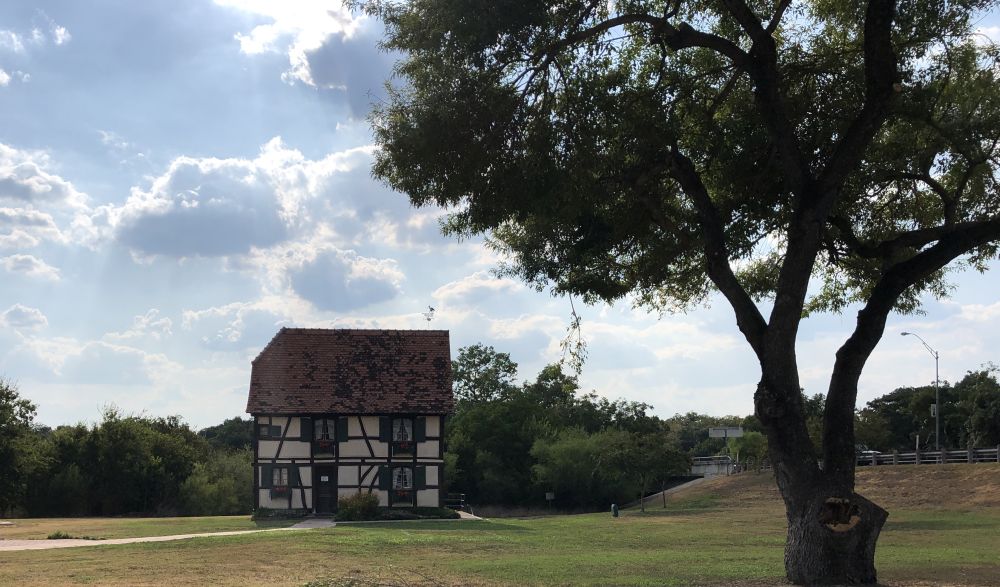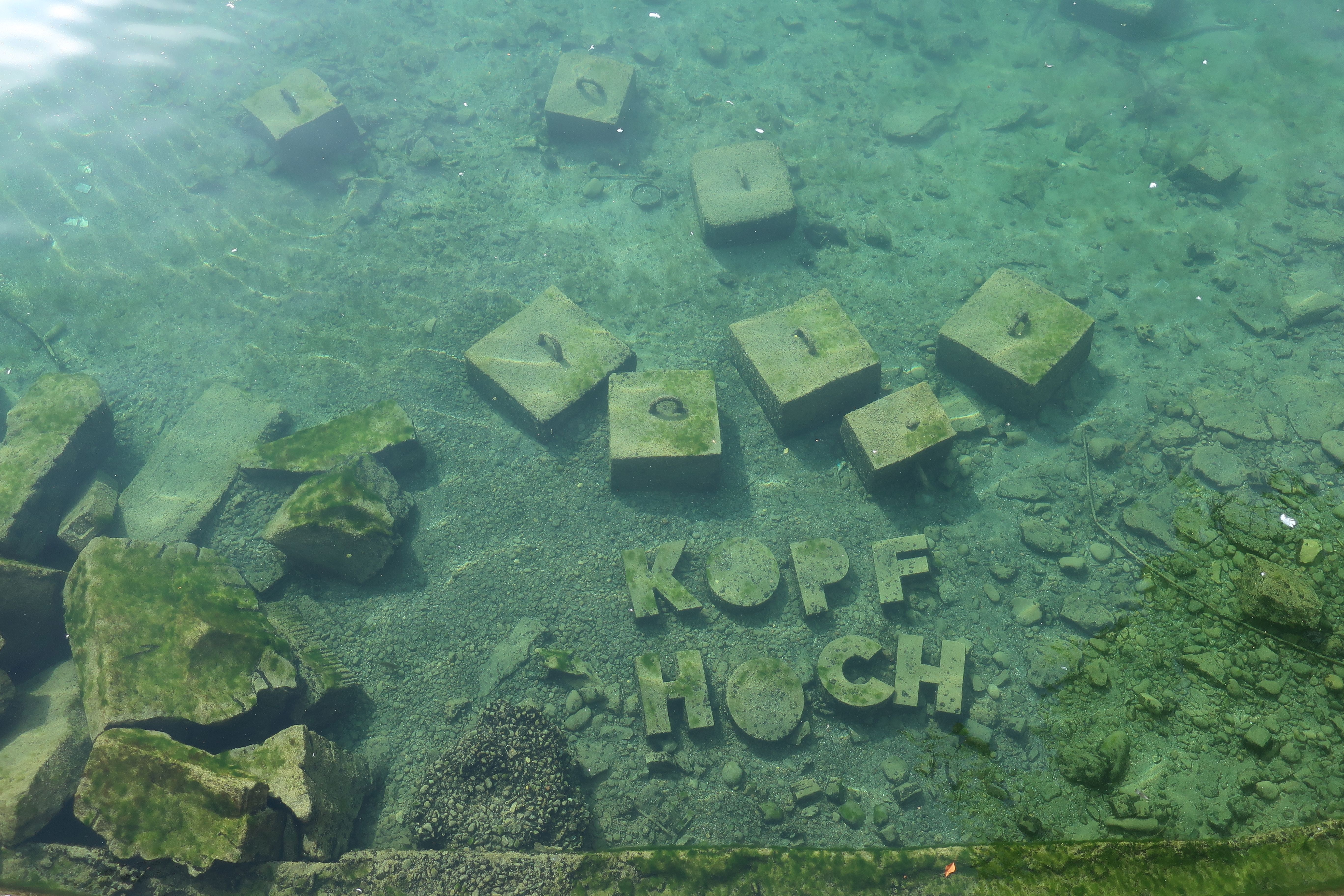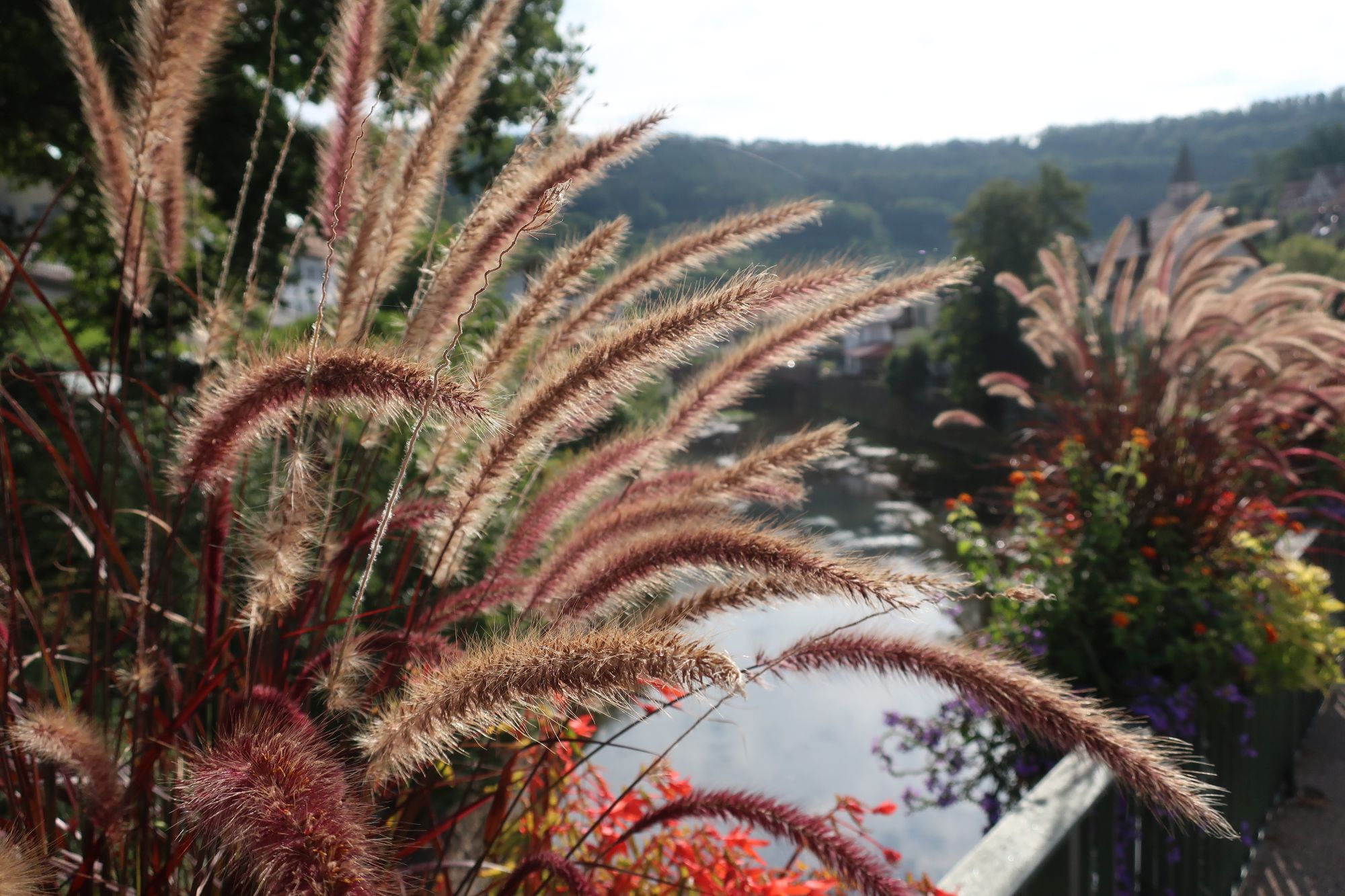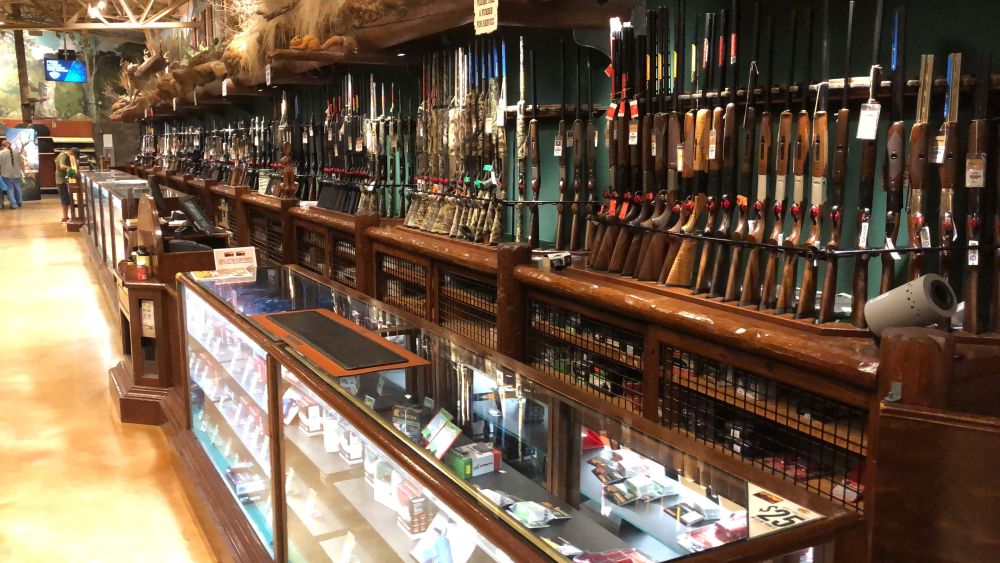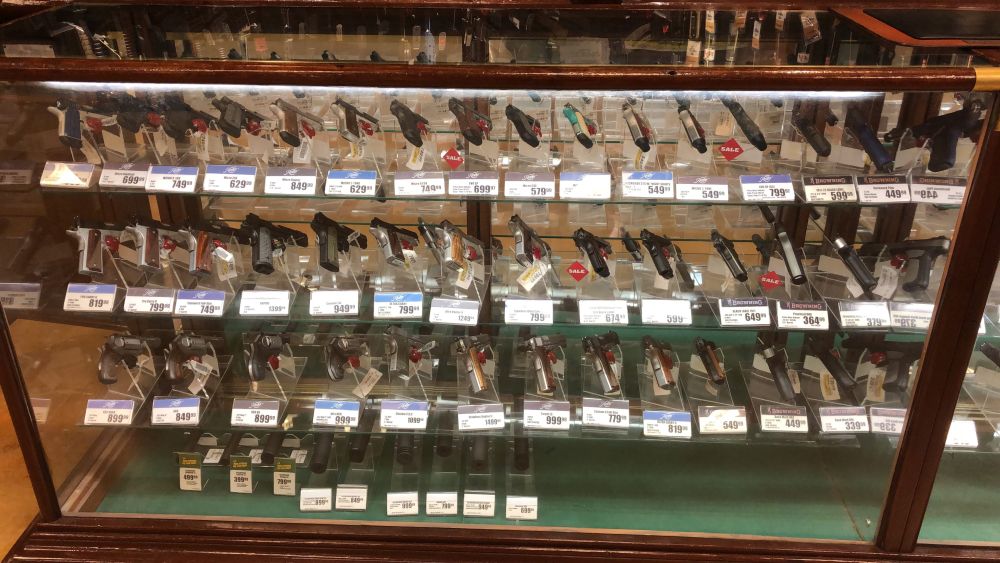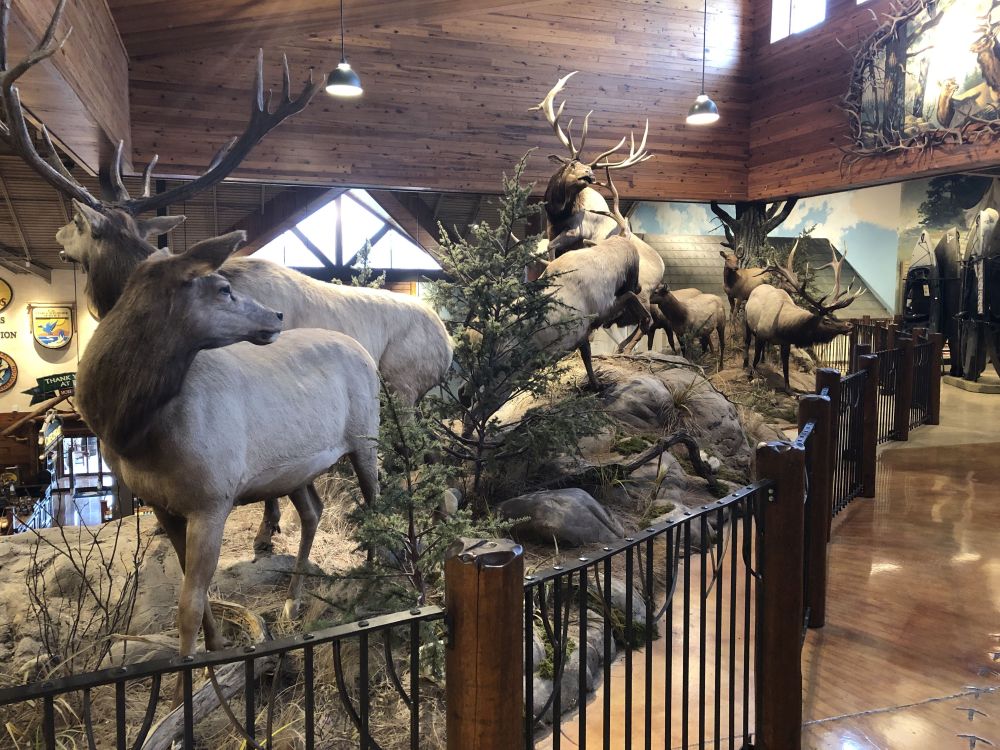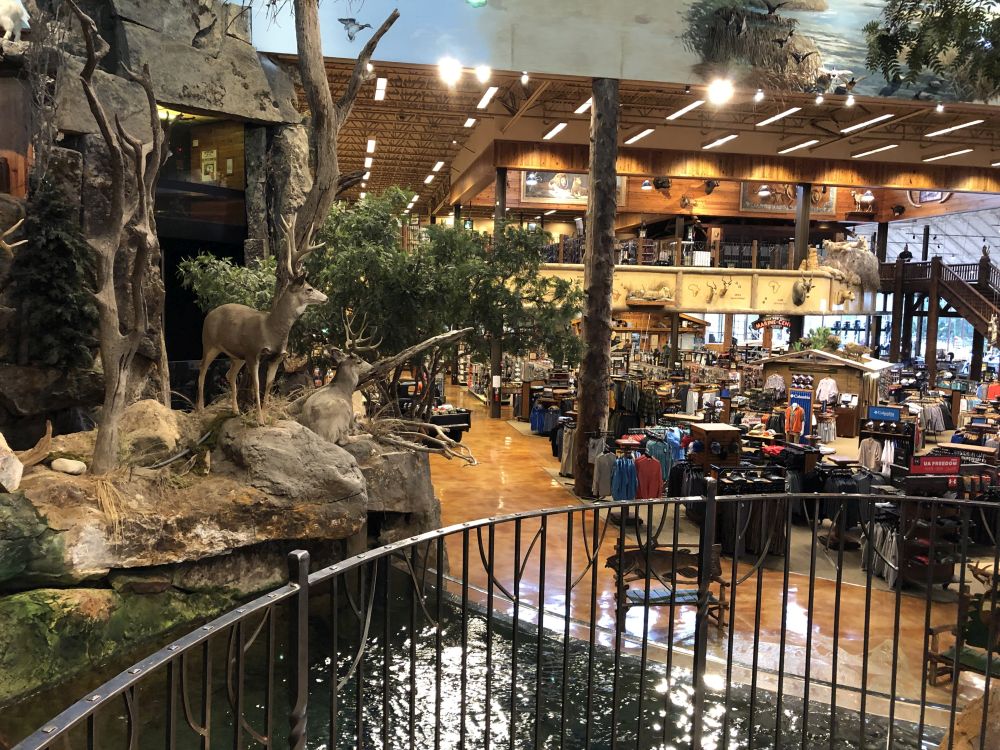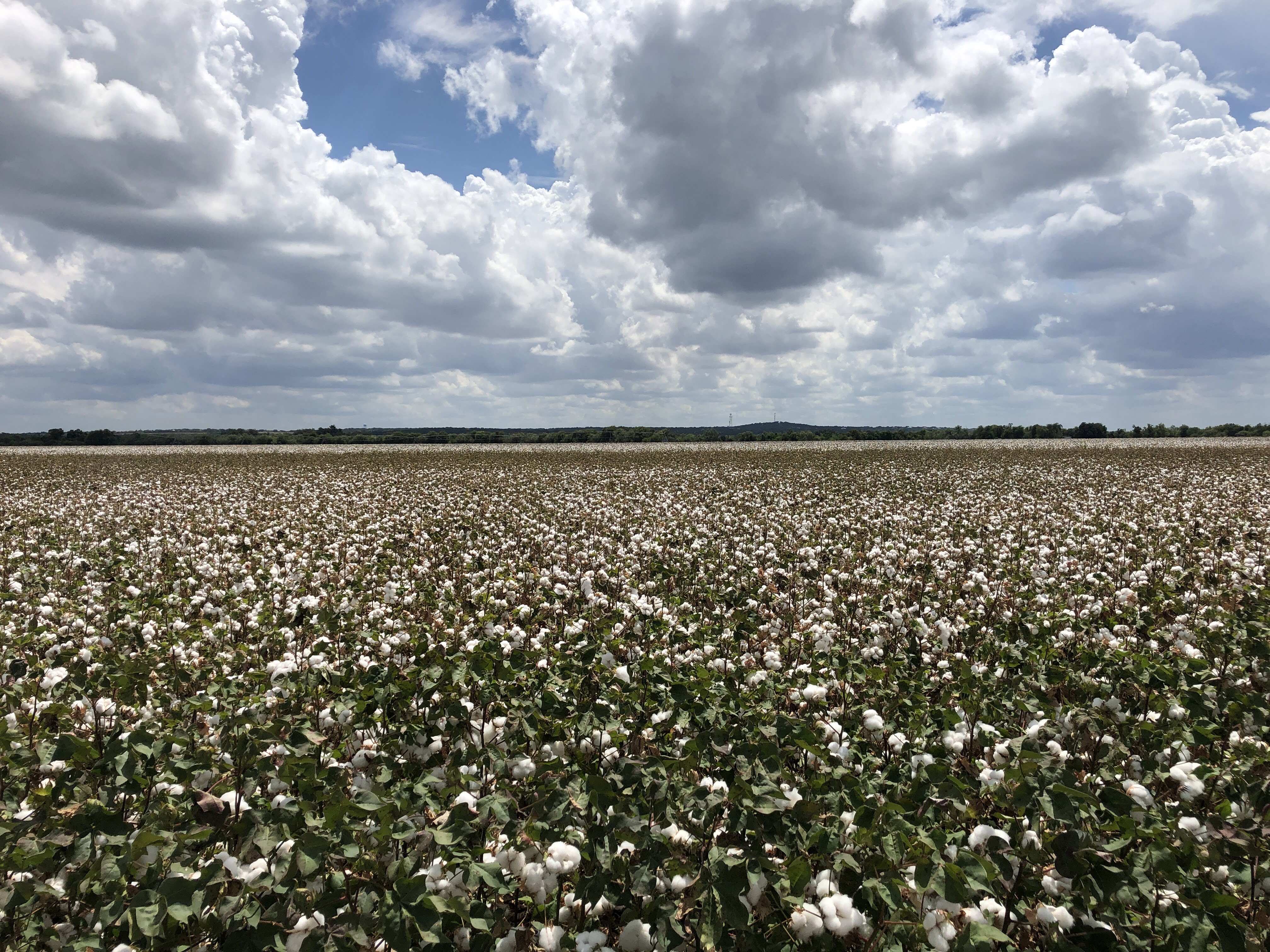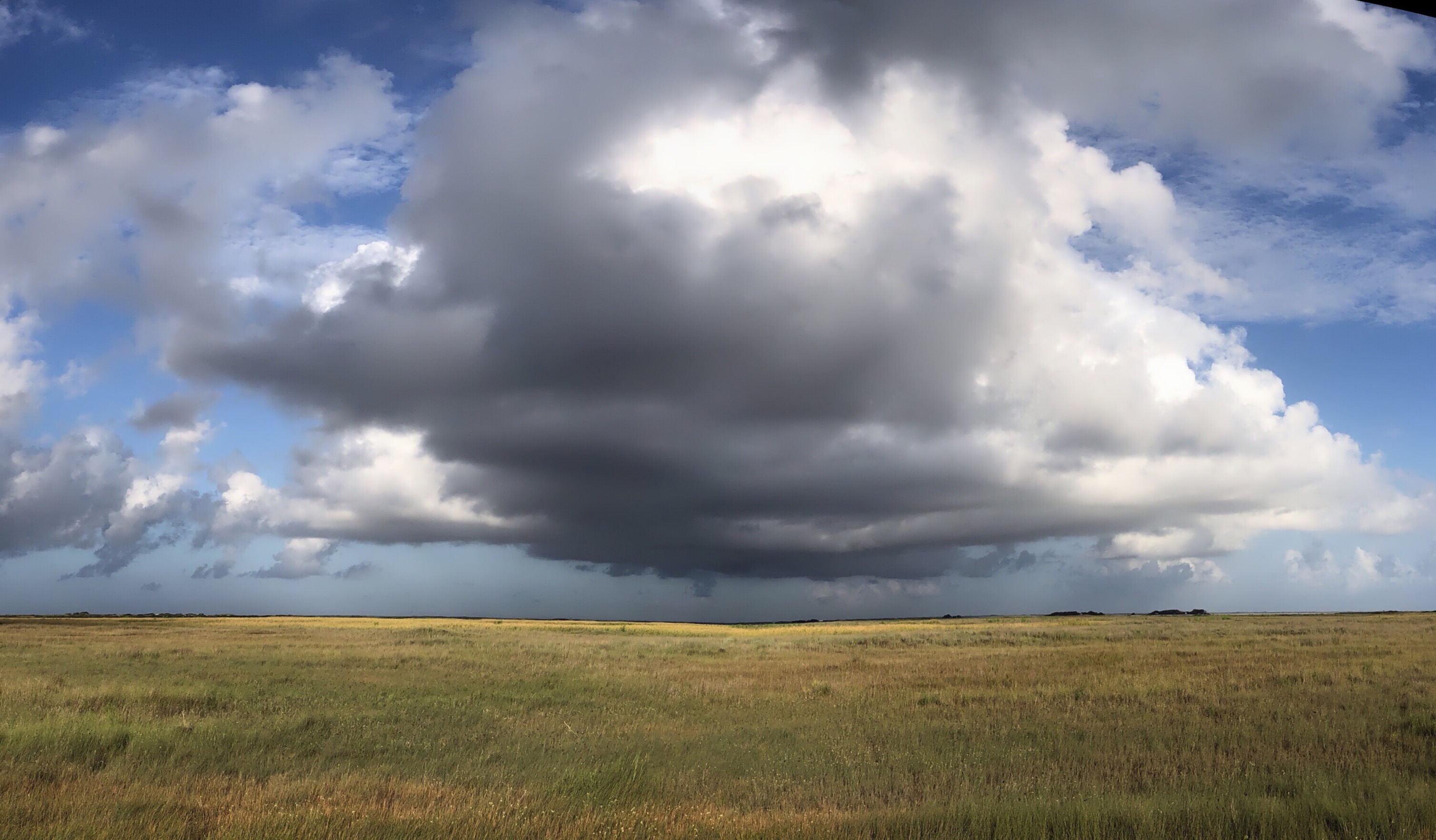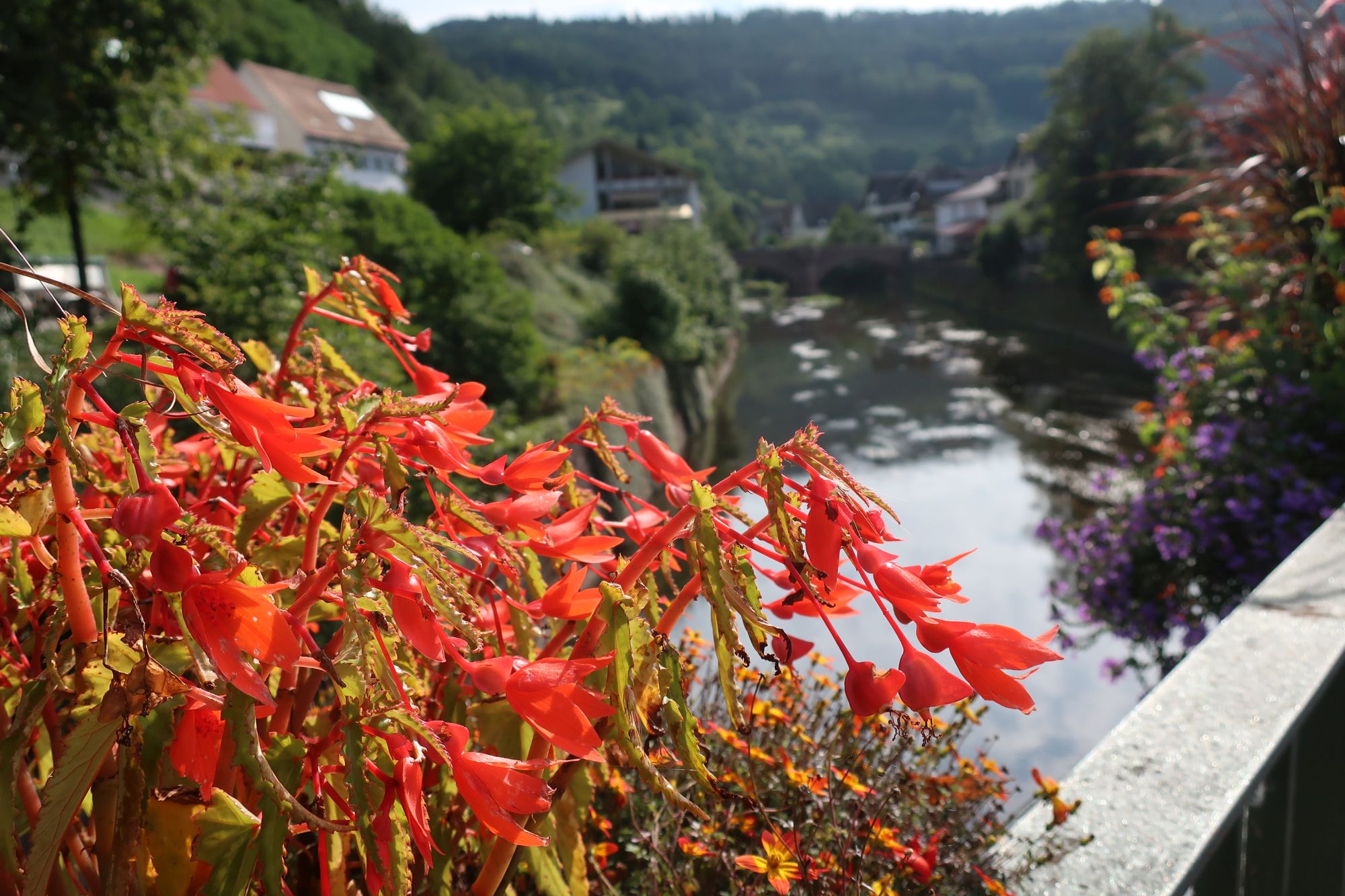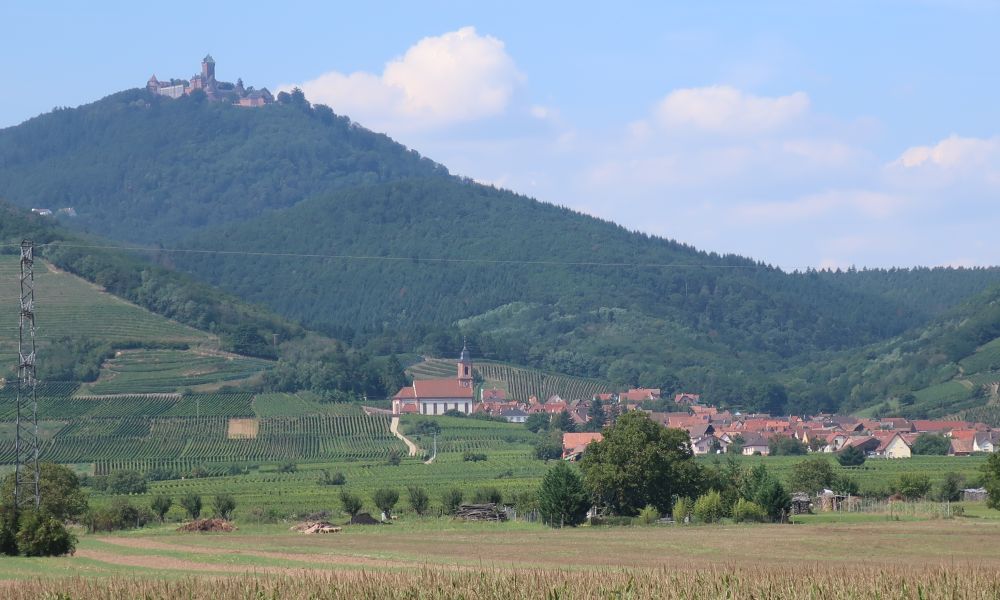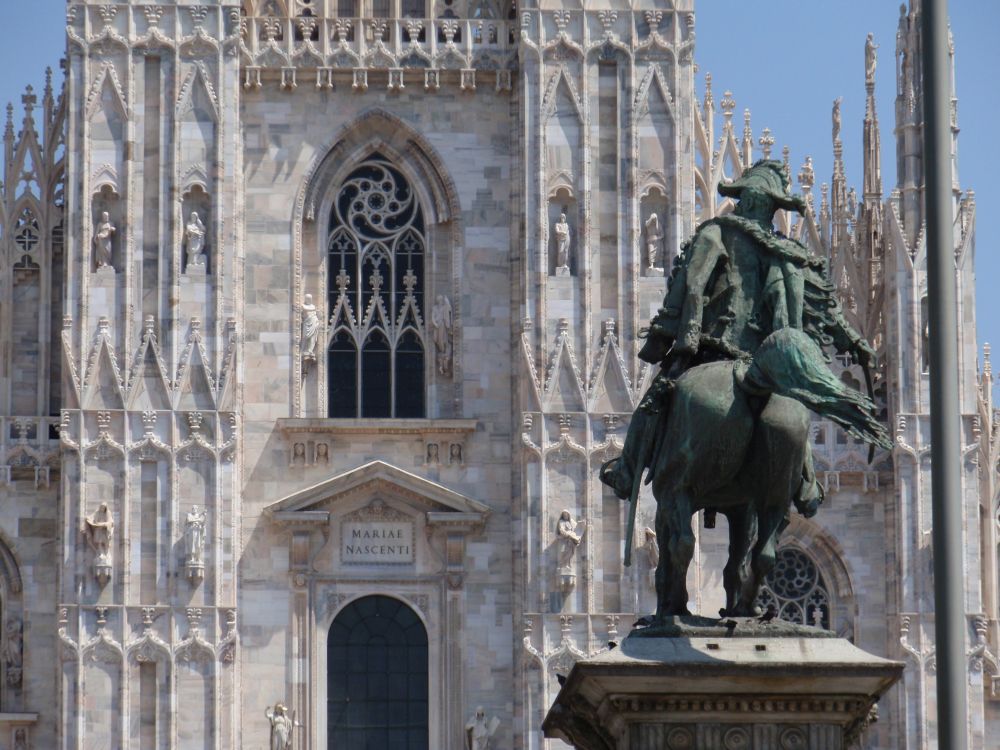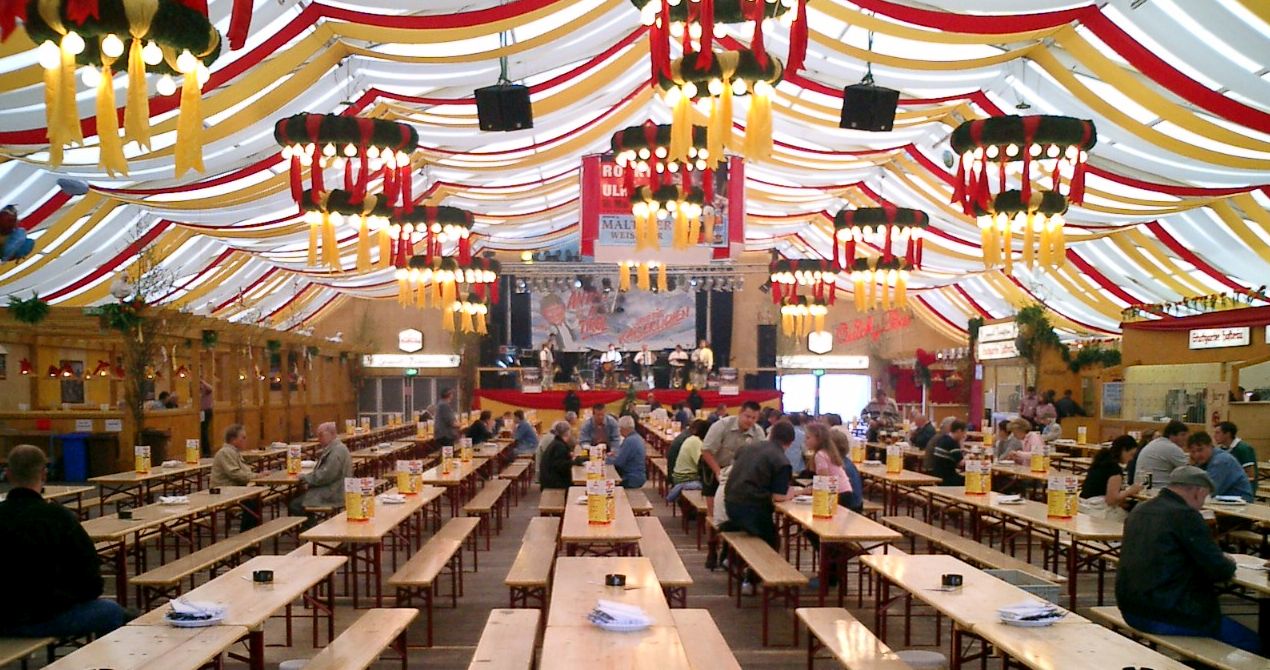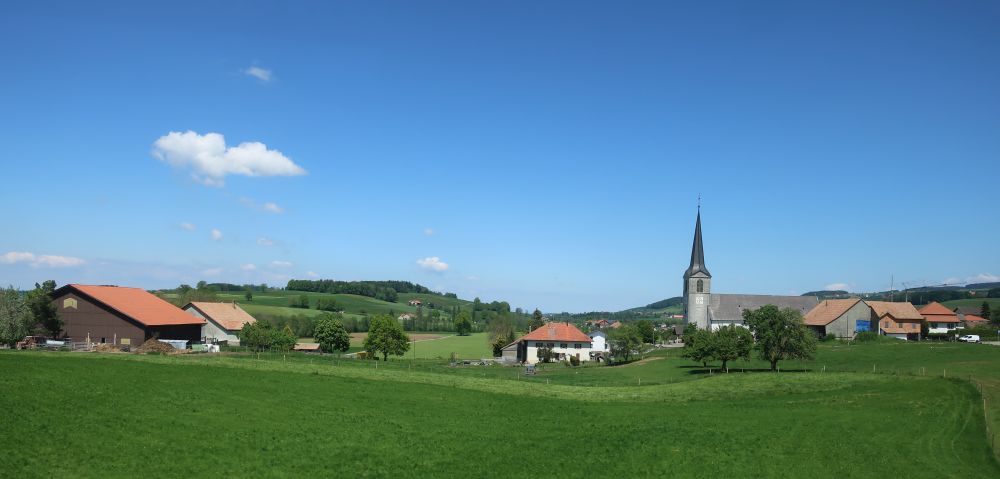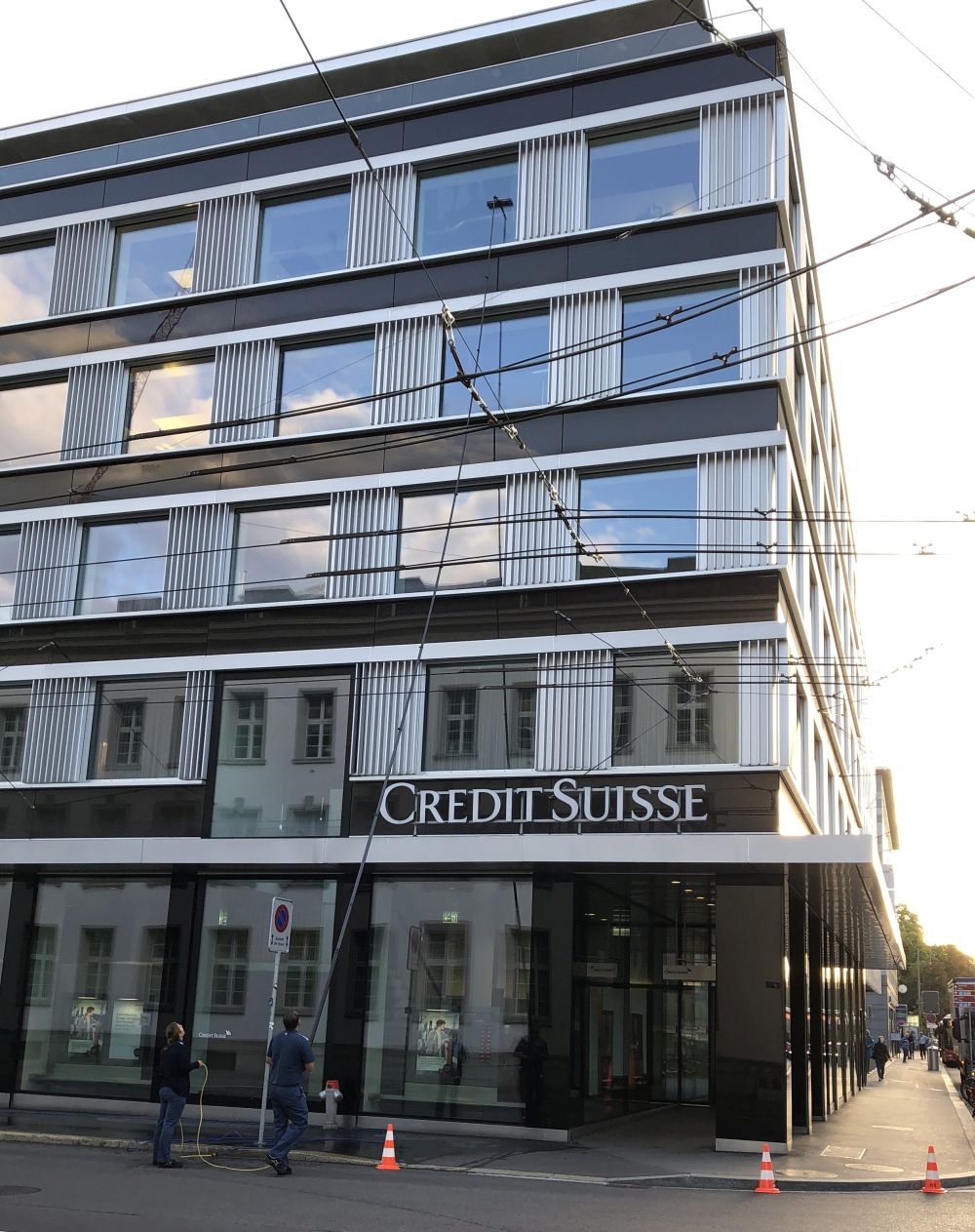Sometimes, I see things that are dumb.
Occasionally, I see things that are really, really dumb.
But every once in a very rare while, I see something that is so incredibly, mind-bogglingly stupid that I really makes me question how something so ludicrous could even be thought of by mankind, much less implemented!
And here is one of those things, a little train that runs back and forth in Terminal A of the Detroit International Airport.
Here is what it looks like from the outside:

And, not being able to resist trying out something so incredibly stupid, here is what it looks like from the inside:
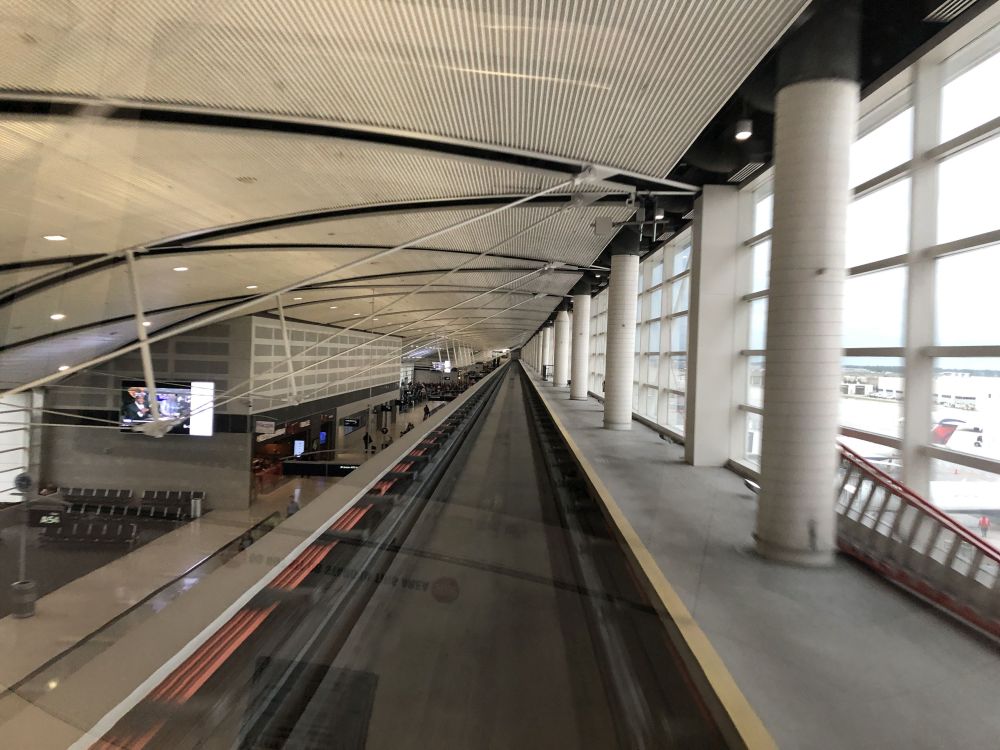
Now here comes what the famous magicians Penn and Teller call The Reveal, when I tell you why this is so stupid.
Many large airports have little automated trains – actually, one of the first was probably the train at the Dallas Fort-Worth airport, which I remember from back when I was a little kid. Airports are huge but with well defined stopping places, so a train is an ideal way to get around.
But in this case, the train only plies Terminal A, from Gate 1 to Gate 70. That is not a big distance to walk – with the rolling floors, I think I required no more than about 7 minutes to walk / coast the distance. But worse that than, this train has only three stops: at Gate 1, at Gate 35, and Gate 70. Plus the train is elevated.
So that means for anyone wanting to shave off a little time from their gate-to-gate journey . . . no way they can do this! They have to schlep their luggage up to the platform, wait 5 minutes for the train, then take it to somewhere where, unless you are lucky, walking will be required anyway.
I could think of no usecase in which this train would save anyone any real time – and in fact, most of the people riding it seemed to be like me: curious folks with a four-hour layover and plenty of time to kill doing stupid things. And I could think of no usecase in which this train would benefit the mobility limited.
My best guess: this was a project intended to channel public money to the right private parties, such as the company the makes the train.


